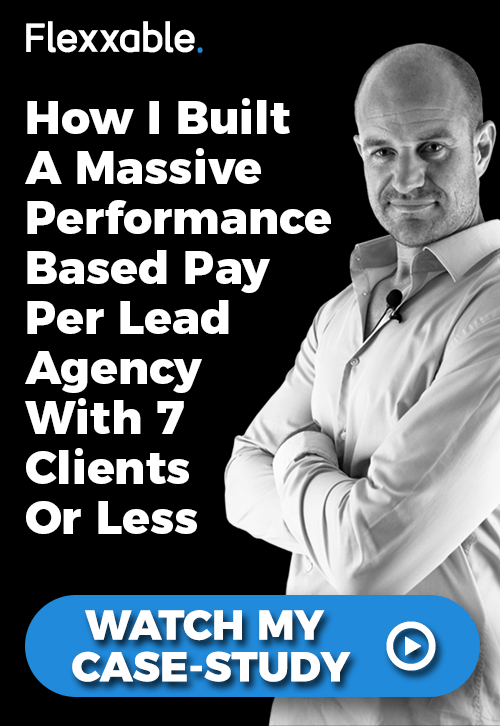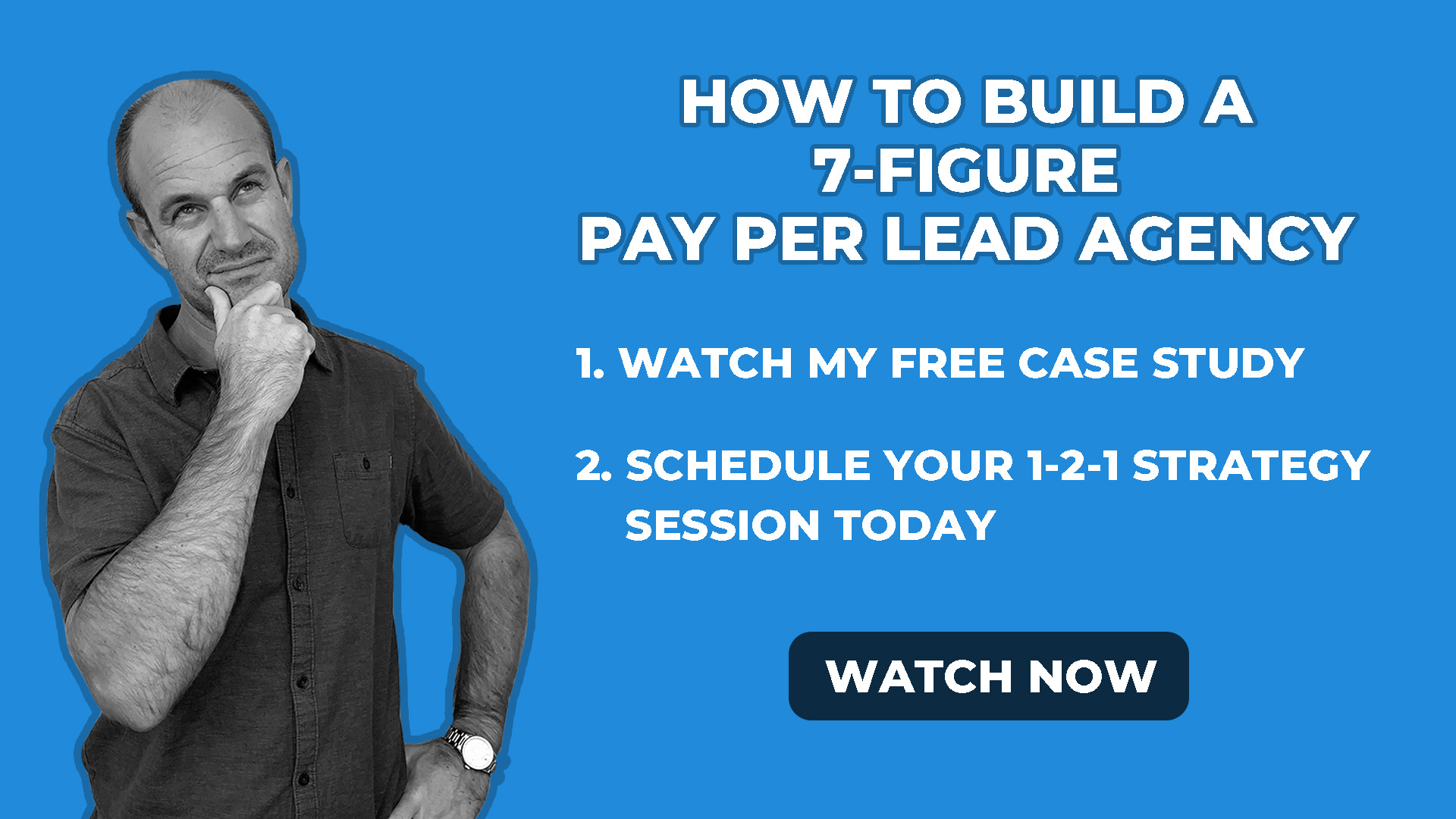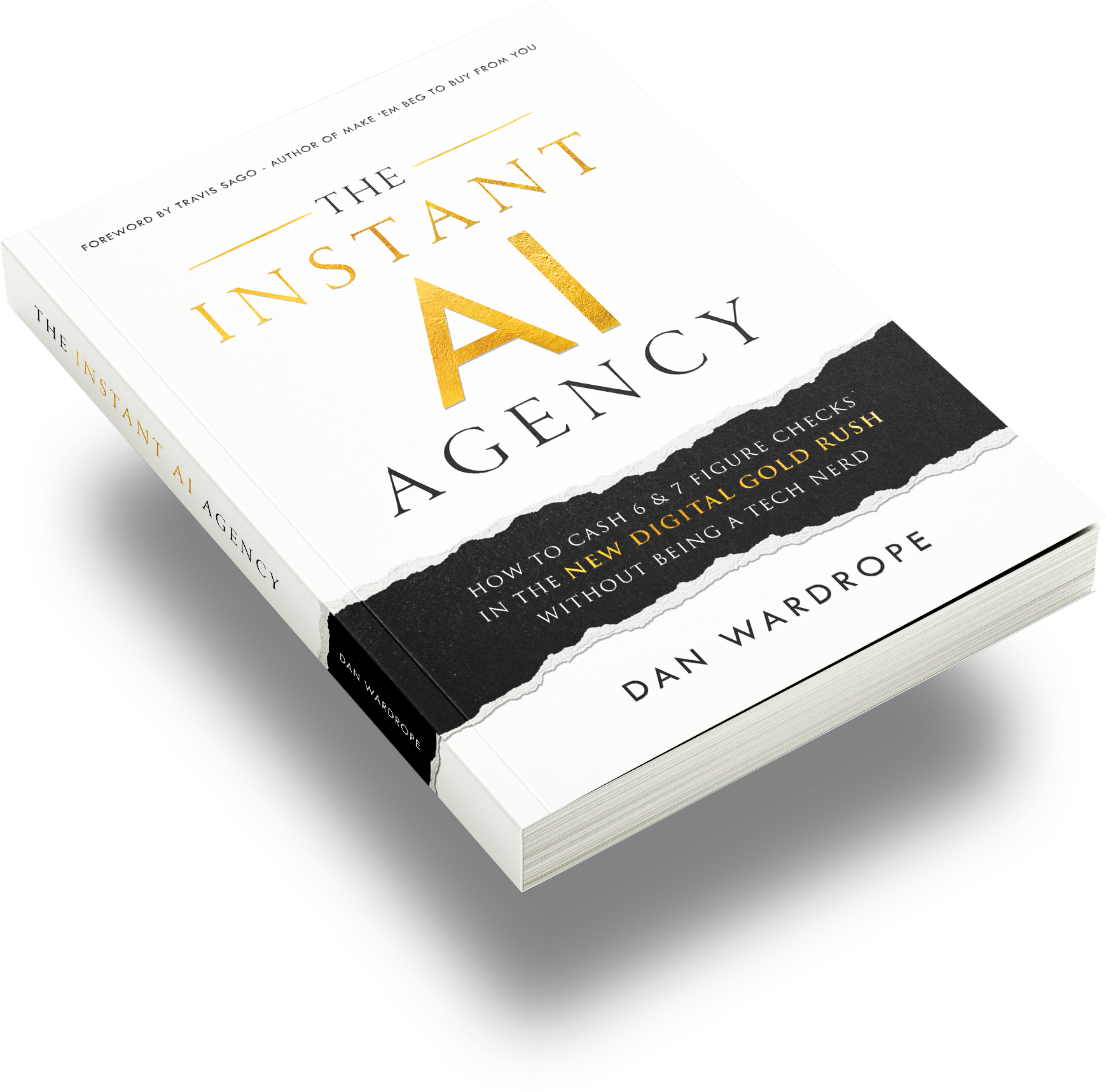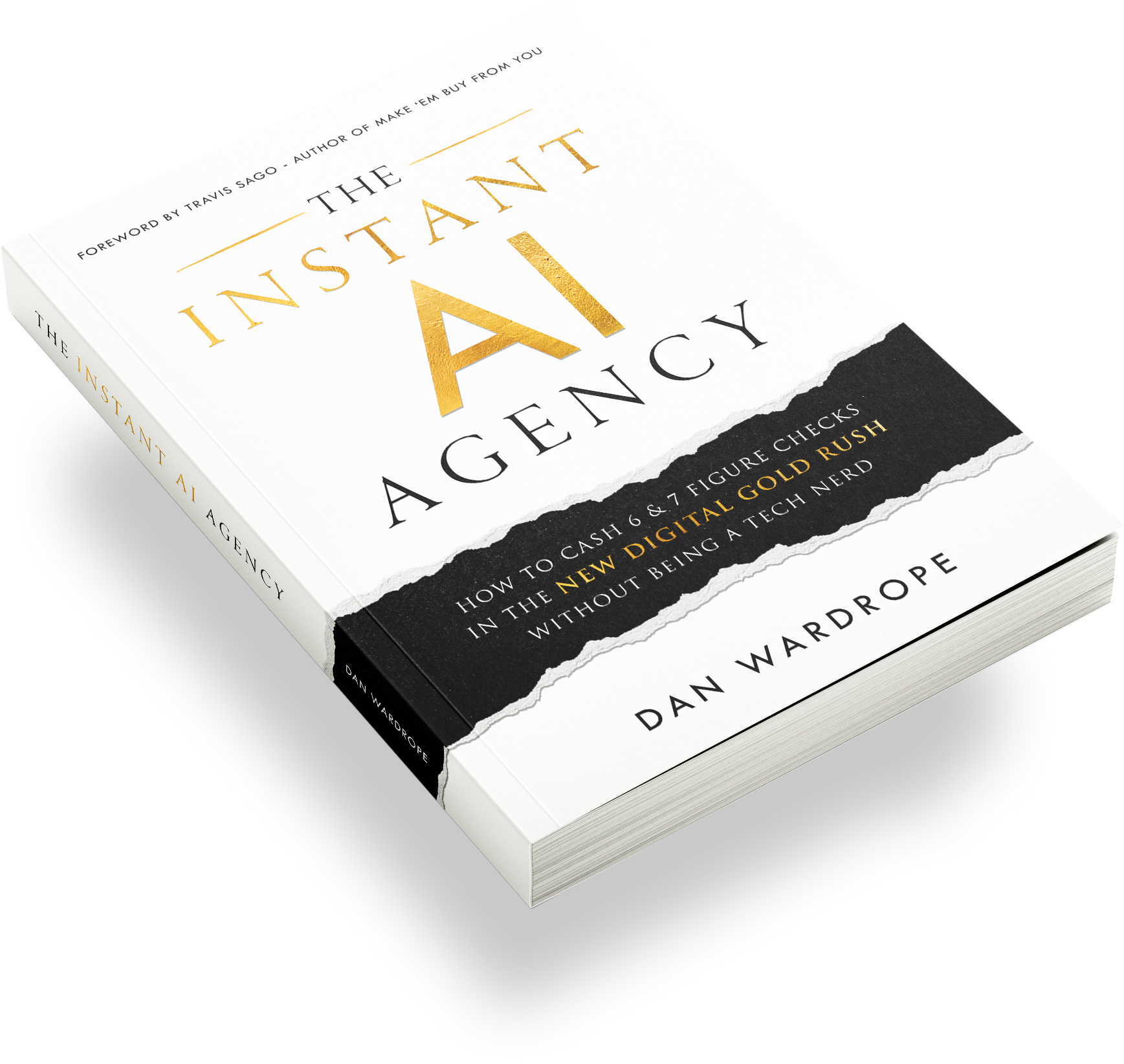When people ask me “what’s your best marketing strategy?”, I tell them something INSANE.
It’s not about content distribution.
Or sales funnels.
Or even tracking and analysing data.
(Say whaaaa’?)
All of these are important. But the reason my top answer is so insane is precisely because it shouldn’t be.
You need to give the customer what they want.
I know, stop the presses! This guy’s flipped his lid! 🙄
Today, some marketers are obsessed with their own success. They measure their popularity across their social media and advertising platforms, counting their dollar like Scrooge before Marley told him to pack it in.
Don’t get me wrong. Making money is why we’re all in the advertising business. Tired of the nine till five, all of us have an idea of the life we want to lead.
Likewise, measuring popularity has its uses. Unless it’s in politics, terrible people and services don’t tend to get too in-demand. So, by that logic, if you and your services are popular, you must be doing something right 🎉.
So, the purpose of today’s post is to boil right down to the nitty-gritty. What do we actually mean by “give the customer what they want”?
Read the post to find out. But first…
About Flexx Digital
New to our content? Welcome!
In case you need bringing up to speed (and I doubt any of you do), Flexx Digital bona fide pay-per-lead lead generation agency.
We like to practice what we preach 😜.
I’d been doing lead gen for a while, trapped in the pit of despair formally known as “retainer contracts”.
I knew my sales script so well, I started mumbling it out loud in my sleep.
And guess what? It still got me nowhere.
When I did manage to get my hands on a high-paying client, I pinned every single one of my hopes and dreams onto them.
It would get kinda intense. Then, when my plans inevitably fell through, I was left kicked to the curb.
And I’d have to repeat the same old shit, again and again and again.
And then, like lightning from a gun, it came to me. To get the clients with the deep-pockets, I had to give them exactly what they wanted.
(See… “give the customer what they want”. It’s all coming together).
And what do they want?
High quality leads with a great contact rate!
And when do they want them?
Now!
That’s when I stopped asking clients for five-figures upfront, and cut out all the time-consuming extras like fan page design and SEO.
Essentially, I turned retainer contracts on their heads and started using my own model – charging clients per lead.
**Public Service Announcement**
If you want to find out more about this Pay Per Lead model (and loads of Facebook ad strategy secrets), it’s time to check out my free case study.
Inside you’ll find how I:
- Severed ties with retainer contracts once and for all
- Moved away from local businesses
- Started working with national B2C companies
- Land high-ticket clients
- Found the verticals we work in
- Consistently generate leads of the highest quality
And when you’re understandably blown away by the great content in this vid, you can even set up a personalised strategy call with me or one of the team.
**End of Public Service Announcement**
Give The Customer What They Want: Top Tip

So, for us lead generators, “giving the customer what they want” is a weird position to be in.
Technically, our “customers” are our clients. They’re the ones who hand over the dollar if we do a good job. That means we need to give them exactly what they want to keep them smiling.
But, by extension, we also need to keep the client’s customers happy.
Okay, so we can’t change the service or product. What we CAN do, however, is make the product/service sound so darn enticing, the customer can’t help but hand over those golden contact details.
The more you grab a customer by the balls, the more likely they are to pick up the phone to your client’s sales team. And, of course, a high contact rate is the best way to prove to a client that you provide the best leads this side of [insert country here].
So, what am I trying to say?
You can only give your customers what they want if you also give their customers what they want.
Yep, it’s a mouthful, but the truth is there.
 To Illustrate
To Illustrate
When most PPC guys start generating leads, they strive for the cheapest cost per lead possible.
Let’s not blame these guys, gentlemen. It’s an easy enough trap to fall into. The logic is: get a cheap cost per lead, and you’ll rake in a bigger profit.
Debt, GONE! Mortgage, OBLITERATED!
Problem is, these guys don’t notice their mistake until it’s far too late.
Unless you’ve got a highly-optimised landing page, cheaping out on getting high-quality leads will, in turn, cause a drive of poor-quality ones.
You know the type. Time wasters, tire kickers, people with nothing better to do on rainy Sunday afternoons.
Though you may have more leads to give to your clients, it won’t be long before they start mentioning their below-target contact and conversion rates.
If you’re on a retainer contract, you run the risk of losing the client once it’s up. If, like me, you’re paid by results, don’t expect a repeat order.
The bottom line: if you’re not prepared to spend some money getting high-quality leads, you don’t deserve to be in the business.
Give Your Customers’ Customers What They Want

I’ve said it before, and I’ll say it again: When it comes to Facebook, people don’t log in with the intention of buying anything.
That means you’re going to have to reel any potential leads in with a good hook.
An attention-grabbing hook is hard to write so you may find yourself writing 5, 10 or 20 before you’re happy with one.
When I’m trying to come up with a sales hook, I usually keep these three things in mind:
- Inevitability
- Intrigue
- Promise/Solution
Sound like a lot to fit into a sentence or so? Here’s a good example:
In February 2018, DashThis, an agency reporting software company, asked Facebook: “What’s the difference between DashThis and a regular old spreadsheet?”
Although DashThis’ service isn’t one you’d call “exciting”, they managed to take something dull (a spreadsheet) and suggested that their product is more exciting than the original object. In the space of a question, DashThis tapped into three selling points:
- Inevitability: Spreadsheets are an inescapable part of life
- Intrigue: Our automated spreadsheets are different – find out why!
- Promise/Solution: By being different, our product is better. This could be the solution to your “boring spreadsheet” problem.
There’s so much subtext you can stuff into one sentence. It doesn’t need to be in the form of a question. Last year, PPC Manager, Graham Connolly, wrote the following hook for a debt service: “How mums are writing 75% off their debt”.
After clearly defining his audience (mums), he tapped into the same three selling points:
- Inevitability: People get into debt and have to pay it back
- Intrigue: How did these mums get so much debt written off?
- Promise/Solution: Read the article, and you can do the same
In just a few words, you’ve caught the reader’s attention enough to make that click into your sales funnel.
And once you’ve got them into your sales funnel?
Give the customer what they want.
At this point, the potential lead is craving information. If they’re really interested, they’ll want as much info as possible.
Because they’re not ready to buy yet. Not by a long shot.
A customer needs to trust you before they’re willing to get out their wallet. At the Facebook stage, 75% of your customers are looking for more information.
Once they know your brand, they’re starting to like it. 23% of customers at this point are comparing you to other brands.
Then, once they know you and like you, the potential customer will begin to trust you. 2% of your initial Facebook audience will become paying customers.
As lead generators, your job is to take Facebook users from the know to the like stage. It’s up to your client’s sales team to take the lead from like to trust.
But free, accessible information about the product/service can help make the segue from know to like (and then like to trust) much easier. You could provide information via:
- e-Books
- Templates
- Whitepapers
- Guides
- Reports
- Resources
As you’re giving away valuable information for free, your brand will stick in the user’s mind and make them more likely to become a high-quality lead.
Once You’ve Given Your Customers’ Customers What They Want, Give Them More

You’ve given your customer’s customer the information they want.
You’ve got their contact details.
So far, so good. But why stop there?
If you expect every single person who’s handed over their contact details to become leads straight away, you’re pushing them too hard.
Yes, they’re probably interested. But, just because they’re interested, doesn’t mean they can or will take action straight away – for various reasons.
Make sure these potential leads don’t slip through the net. Instead of getting your client to contact them straight away and risk having them pinned as a “bad” or “uncontactable” lead, add a quiz or a survey to your sales funnel.
In your quiz or survey, ask the following questions:
- Are you ready to be contacted about this offer today? If no, please select when. [Provide a list of selectable options, i.e. 2 weeks, 3 months, 6 months].
- If you’ve chosen to be contacted at a later date, would you like some free information about the offer over the next few weeks/months?
- What’s your preferred contact method? Email, telephone or live chat?
- If you’ve chosen to be contacted by telephone, what’s the best time that suits you? [Insert options]
- If you’d like to be contacted by telephone but need it out of office hours, check HERE and give your reason [Space for the reason]
Asking these questions means your potential lead is going to feel valued, giving them what they want.
It also means that no lead will go to waste, but more on that in just a second.
Now, You Can Give Your Customer What They Want

As you can imagine, leads that go through this kind of sales funnel are going to be highly contactable.
If fact, by asking how and when the lead wants to be contacted, you could find yourself with up to a 75% contact rate, which is staggeringly high.
It’s also giving your client exactly what they want. Top-quality leads who are ready to be turned into customers.
But wait.
I can already feel your concerns. It’s not as simple as that, and it never is.
It’s been pointed out before that this method of generating leads can get pretty expensive, quite quickly.
You see, the more clicks to reach the end of the funnel, the higher your cost per lead will be.
You may even find that your client isn’t interested in leads that require a waiting period before initial contact.
Don’t despair. We came up with a way to ensure every single lead we generate is bought by somebody. The secret is…
Lead segmentation and lead generation websites.
This is the start of a whole other topic. Luckily, I’ve written a whole post about just that. Click here to find out more!
Conclusion
When it comes to generating leads, you need to keep one thing in mind.
“How can I provide value to my customer?”
By giving your customer (or client) exactly what they want, your own success will increase ten-fold. You may even become the most sought-after lead generation service in your area!
If you want to find out more about this Pay Per Lead model, and this particular marketing strategy, check out my free case study.
Inside you’ll find how I:
- Severed ties with retainer contracts once and for all
- Moved away from local businesses
- Started working with national B2C companies
- Land high-ticket clients
- Found the verticals we work in
- Consistently generate leads of the highest quality
Click below to watch it now:








